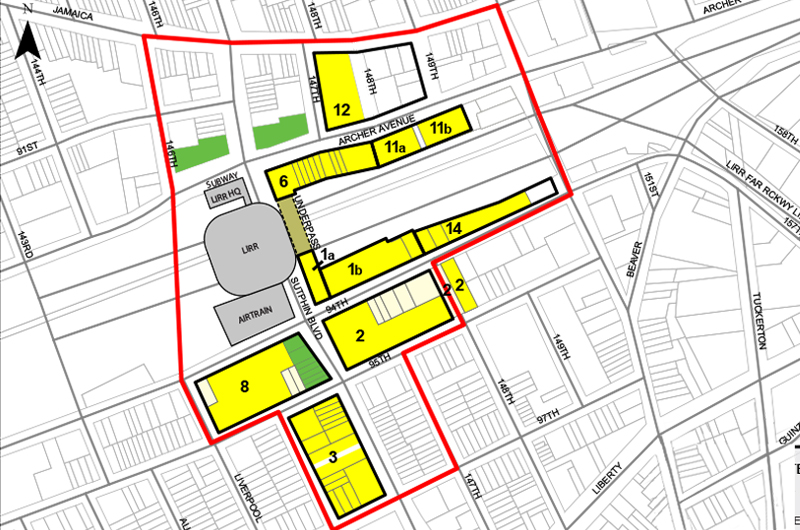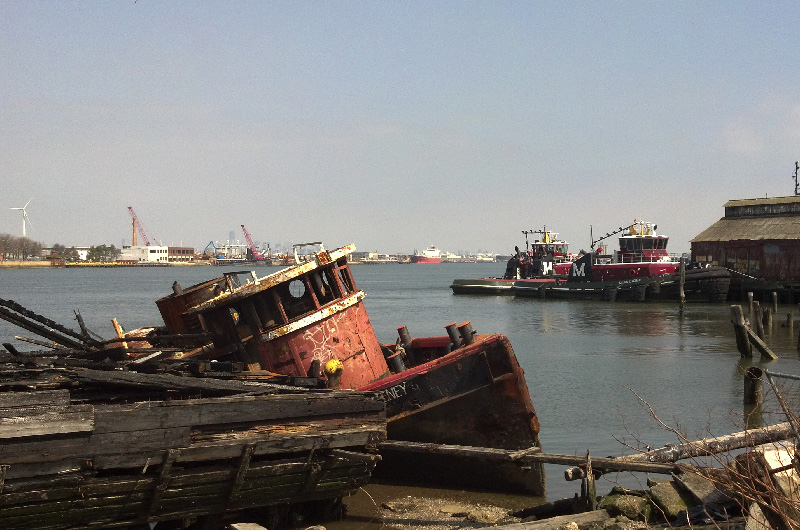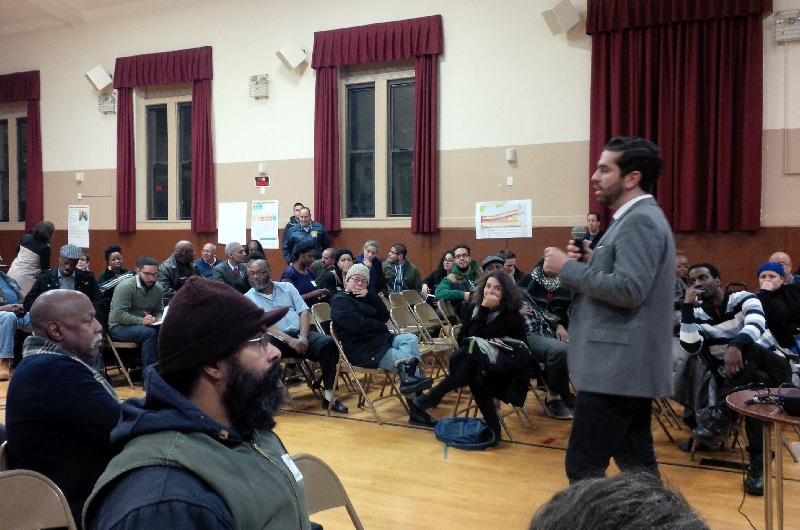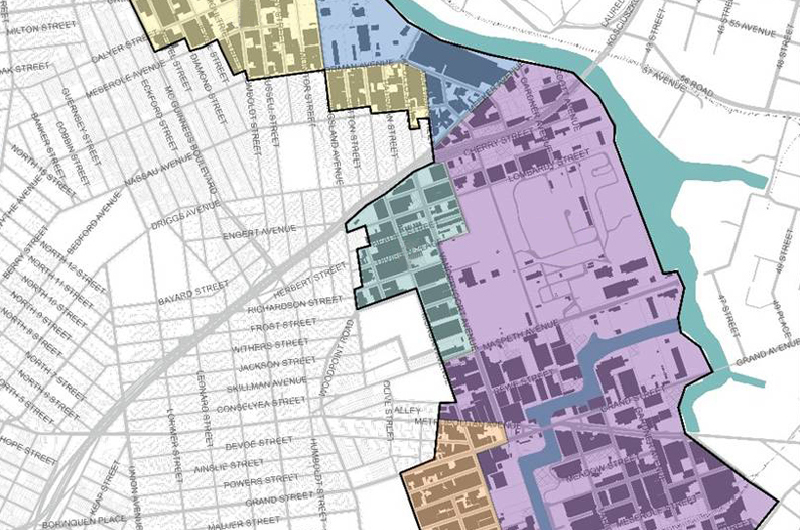
 OER Community311
OER Community311 Search all NYC.gov websites
Search all NYC.gov websites
Aligning with a Public Agency Takes Time
Proposing an area plan and projects that achieve it, attracting investors and public financing, and constructing a development project can take five years or longer. The likelihood of successful outcomes increases when a non-profit partner builds a long-term partnership with a public agency. It starts with building relationships with key staff members of the agency that is instrumental to a community developer’s plans.
Click a topic, or press the enter key on a topic, to reveal its answer.
Role of an Advisory Committee
One of the most effective ways for a non-profit community developer to align with a public agency is by inviting the agency to appoint a staff member to serve on a planning Advisory Committee. All stakeholders with an interest in the planning and redevelopment of an area should be represented on the committee, including representatives of each agency critical to achieving the community developer’s plan. By working with an agency staff member at Advisory Committee meetings, the Community Based Organization (CBO) can learn how to effectively engage the agency to resolve the challenges that their development project may face. In the process, the non-profit has the opportunity to build a long-term relationship with agency staff members. Because the time line for a development project can be five years or more, forging relationships with the mid-level staff who tend to remain at agencies for substantial periods of time can be crucial to building and maintaining agency support for an a community’s redevelopment plan.
Planning Together
Another way for a community developer to align with a public agency is to collaborate around planning for an area. The community organization may have produced an area study, which can serve as a basis for future agency action. An existing conditions study of a neighborhood, for example, can support a future rezoning by the Department of City Planning. Or an area study might lead an agency to connect residential communities to the waterfront with bicycle paths, pedestrian walkways and bio-swales.
Alternatively, a public agency may be considering planning in an area that the CBO seeks to redevelop, and have funds for a study that the community developer can participate in. Working together on a neighborhood plan can bring an agency and a CBO into agreement about the future of an area and lead to public funding for development projects that achieve it.
Related Case Studies
Community District
Another vehicle to build agency support for a CBO’s planning goals and development projects is the local Community District. Under the City charter, city agencies must consult with Community Districts when preparing annual statements of an agency’s objectives, priorities, programs, and projected activities. A Community District’s professional staff evaluates the quality of an agency’s services, recommends projects to city agencies as candidates for public funding, and holds public hearings on the Community District’s program and budget needs. Periodic Community District meetings with a city agency can be an opportunity for the Community District’s professional staff to declare its support for a community developer’s vision and a development project that implements it.
Funding
A non-profit developer should meet often with a public agency, including in later stages when it seeks agency funding. When asking for funds, a CBO should not underestimate the value that its endorsement of an agency’s proposed neighborhood project confers. A respected community partner knows local conditions, has relationships with a wide range of community leaders, and through outreach can deliver community consensus for an agency’s project.
Each agency has a distinct set of priorities that determine which planning and development projects it will elect to support or fund. Therefore it is crucial for a community developer to meet with public development agencies early on to determine if funding for planning and development projects or other agency support is possible.
In addition to seeking funds from city agencies, not-for-profit organizations may apply to receive discretionary capital grants from the City Council and the Borough Presidents. Such grants, if approved, may be used to purchase, construct or reconstruct real property (land and buildings) or to purchase equipment and furniture. The application process generally opens in late December or early January, with deadline for submission starting in late February. See the link for below details. When available, view the application along with guidelines describing the process.
Another Approach to Funding: OER issues comfort letters to non-profit developers and their lenders that specify the city, state and federal grant and loan funds a development project can receive upon its enrollment in the city Voluntary Cleanup Program. These letters can be indispensable in reassuring a lender that a development project is working with a government agency to address environmental issues and that significant funding is available to offset site remediation costs. Comfort letters can assist projects secure both acquisition funds to purchase a vacant property as well as construction financing to cleanup and redevelop a site. Depending upon a project’s end use and whether its developer is a non-profit entity, OER comfort letters describe funding sources available to community-support projects that can total over $100,000.






